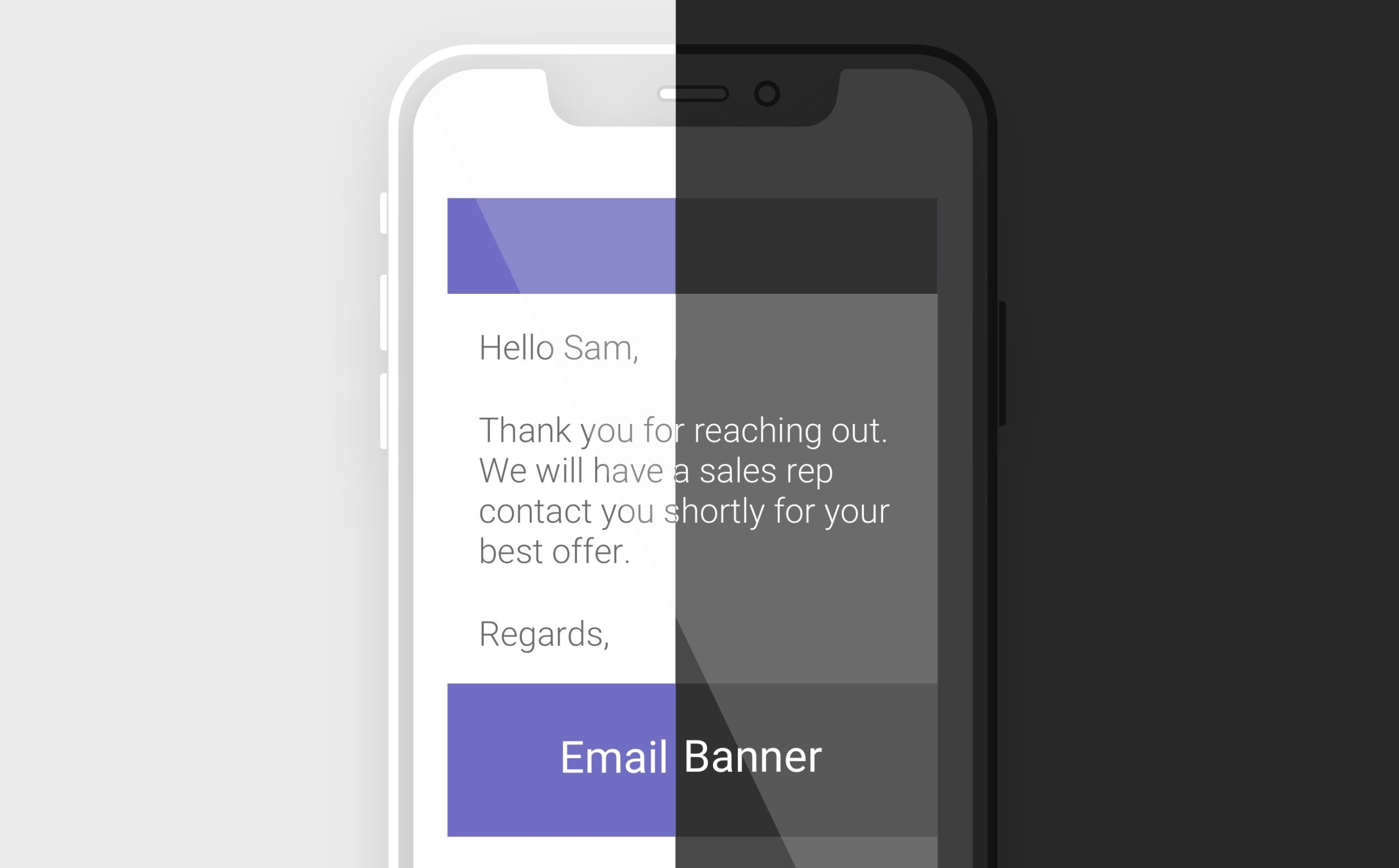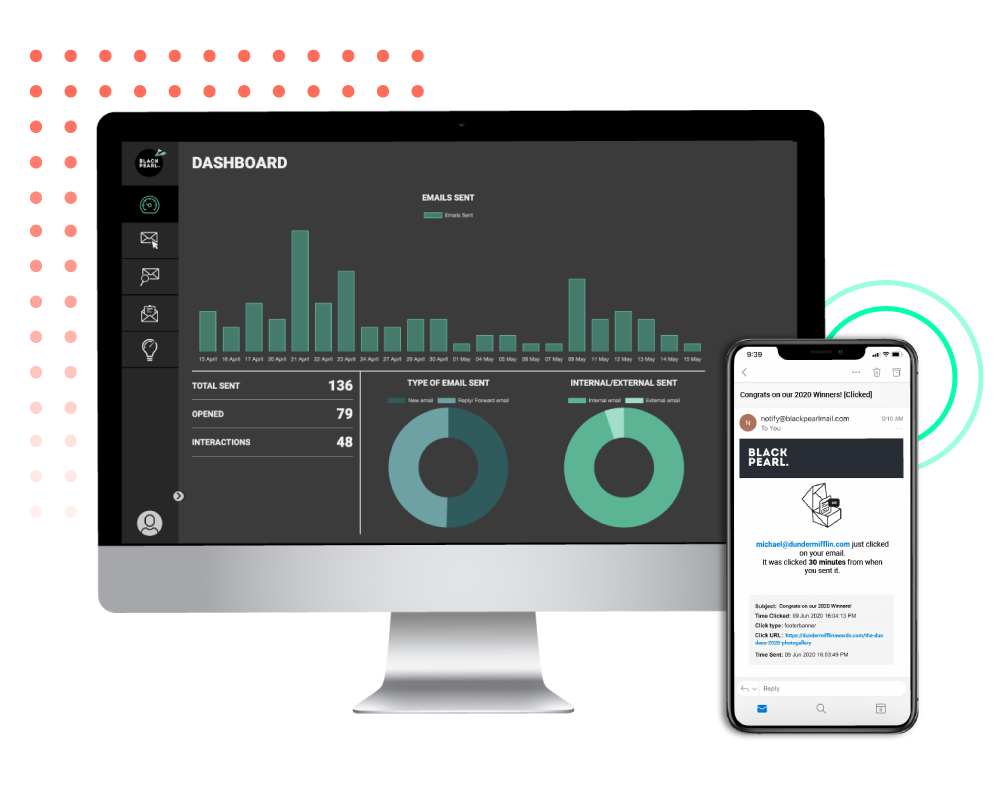In a previous post, we addressed having an email signature and how it can make your correspondence look more professional. In this article, we want to discuss email signature best practices so that you can learn exactly what needs to be in yours and why it’s so important. It may be tempting to simply sign off in your emails with a quick “All the best,” and your name. However, just a few tweaks can make a huge difference in how your emails are perceived and how your recipients engage with them. In fact, what you place in your email signature could yield more revenue for your company.
What’s An Email Signature?
Before we explore what should be in your professional email signature, let’s address what one actually is. At its core, it’s the block of text at the end of your email that typically has your name. The email signature line may also include elements such as:
- Contact information
- The company’s website
- Email disclaimer
- How to find the company on social media
- An image of the sender and perhaps a quote that they like
These elements get the job done, but in most cases, they leave a lot to be desired. What if I told you that you could transform the emails you already send on a regular basis into a marketing channel that helps you grow your business? It might seem like a complicated task that you’d rather not worry about right now. After all, you’re doing just fine with emails – or so you think.

The truth is though that everyday business emails are all-too-often overlooked as a growth channel, and that is a huge mistake. You’re sending emails anyways, why not make them beautiful and get them working for you?
How To Write An Email Signature That Converts
Great email signature marketing isn’t busy or overly flashy. It’s sleek and on-brand – perfectly suited for your company and your recipients. With that in mind, let’s explore some email signature best practice elements.
- Think about your layout
You should use hierarchy in your email signature design. Think about the elements that matter the most and what you want your recipient’s eye to see first. Disclaimers should be at the bottom, but where do you want your logo, name, job title, etc… to appear? Your layout shouldn’t be cramped, and you may also want to use lines or dividers to break things up.
- Consider your color palette and font
This shouldn’t come as a surprise, but when developing your signature, you should use the same color palette as the company you’re sending the email from. It’s important to use a readable font as well. This isn’t the time to use funky fonts, crazy text colors, and bright backgrounds that don’t mimic your brand.

- Decide if you want a picture, a logo, or both – hint, both are a good idea
People like to see images of the sender. It adds a touch of personality to an otherwise cold piece of correspondence. Including your logo is also important for memorability and branding purposes.
- Choose what personal information you will share
When it comes to email signature best practices, you should include your Name, Title, Company Name, Number, Email, and Website. It’s up to you if you also want to include your address or additional phone numbers.
- Link your social media icons
Of course, this element is only important if your company is on social media. And you don’t have to be on all of the platforms. But, if you are on social media – giving your recipients an additional way to connect may be a good idea.

- Include an email signature banner with a call to action
We’ll cover email signature banners in greater detail in an upcoming article, but we felt it was important to add them to this post because this is the best way to turn your everyday emails into a marketing channel. Having a clear call to action (CTA) that catches the eyes of your email recipients will help you earn more revenue. For example, suppose your company is offering current customers a 25% discount on their next purchase. Your email signature is an excellent space to tell current customers about this offer, or even remind them if they’ve already been thinking about buying.
Things to avoid in your email signature
While we’re sharing email signature best practices, we’d be remiss if we didn’t also include things to avoid. Some of the things you need to avoid are:
- Going overboard with your information section – too much clutter never helped anyone
- Using multiple fonts – if your email looks too hectic, it could prove hard to read causing your recipient to delete it before they ever get to the point of your message
- Including too many links – you’ll get much more traction with a single CTA than you will with a bunch of options that cause decision fatigue
- Incorrectly adding images on your own – if you’re not 100% sure of what you’re doing, it’s very likely that your images end up getting blocked by spam filters. Instead, we recommend using email signature software that guarantees your images work properly.
Additional tips for success
Use trackable links in your email signature, so you can test what works and what doesn’t. It’s helpful to know if recipients are clicking your links, and which calls to action are getting the most clicks.
Make sure your email signature is also mobile-friendly. Some emails look different on a phone compared with a desktop, so it’s a good idea to test your signature on both.
While you’re at it, also test that your email signatures will look good in Dark Mode. Lots of people are using Dark Mode nowadays and if you don’t take this into account your email signatures will feel unprofessional and out of place when this feature is being used.

Additionally, don’t be afraid to create different signatures for different situations. For example, you could have one signature that you use for internal messages between yourself and other team members that work in your company, one for messages to new customers, and one for ongoing customers. Each of them could have different CTAs as well. This can be especially powerful when your offers are different for new customers vs. returning ones.
Finally, the most helpful tip we can give you is that you use email signature software to make the task of creating and managing your email signatures a breeze. It’s by far the best and easiest way to implement all of the tips mentioned in this article.
Quality software will help you turn all the emails your business sends into a powerful marketing channel, it won’t require a bunch of HTML coding or installation of programs, and it will be easy to use that you can control the signatures of your entire staff in a matter of clicks.
We hope you found these tips for crafting your email signature to be helpful. And, if you want to learn about the best email signature management software on the market, click here to schedule a free demo with us. We’ll show you the true power of email signature marketing.

Ready to Elevate Your Email Results with Black Pearl?
Our team of email experts is here to make you email smart. Schedule a demo with us and we will streamline your set up!
Related posts:
Email signature management for marketing
Email signature management is a crucial part of digital marketing. It's not just about having an awesome-looking...
Generate demand from email banners
Adding graphic elements like banners and logos to your email is not just a great way to style your message, it...
Desert Star Construction gains tactical insights and increased efficiencies with Black Pearl Mail
About Desert Start ConstructionFor over 42 years, Desert Star Construction has been building word-class custom...




